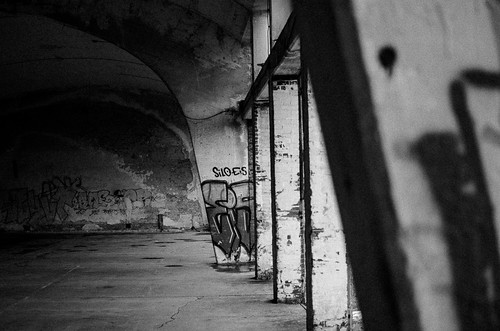fect may well be particular of BM-PC adhesion ” for the basement membrane. GSI remedy was shown to substantially lower the expression of integrins alphaNovember Notch Pathway in Bone Marrow the preferential sites for BM-PC adhesion throughout vascular remodelling. Taken together, we recommend that BM-PC may possibly interact with extracellular matrix exposed at internet sites of angiogenesis or vessel repair, and that the Notch pathway is involved within this interaction by modulating integrin expression. Despite the fact that we can’t disregard other, off-Notch, effects in integrin modulation and BM-PC adhesion and differentiation, our data strongly suggests that this critical signalling pathway is involved. In agreement, in vitro transfection of BM-PC using a constitutively active type of Notch November Notch Pathway in Bone Marrow formation assay, Notch pathway inhibition decreased the capacity of BM-PC to interact with endothelial cells for the duration of angiogenesis in vitro. Considering that endothelial cells for the duration of angiogenesis and wound healing express members in the Notch pathway, we recommend this could be one mechanism by which BM-PC and activated endothelial cells interact. Next, we tested the value in the Notch pathway inside the function of BM-PC in wound healing in vitro and in vivo. We demonstrate that typical BM-PC adhere towards the ECM in the wound web page and improve endothelial migration and wound closure. However, GSI therapy decreased the adhesion of BMPC to extracellular matrix, lowered their interaction with November Notch Pathway in Bone Marrow wound healing, while pre-treatment with GSI reduced BM-PC homing, resulting within a decreased angiogenic response and delayed wound healing. These results imply that inside the absence of Notch activation BM-PC lose their wound healing properties in vivo. Inefficient cutaneous wound healing represents a critical health-related challenge, namely in chronic wounds for example in diabetic and morbid obese individuals. Furthermore, chronic or dysfunctional wound healing has been partially attributed to a lack of an acceptable vascular response, as well as to dysfunctional BM-derived endothelial progenitors. Consequently, there has been considerable interest in modulating the vessels response through impaired wound healing for therapeutic purposes, namely via the use of BM-PC. In the present study, we reveal a essential and previously undisclosed part with the November Notch Pathway in Bone Marrow Notch pathway in “8021517
“the function of BM-PC in angiogenesis responses during wound healing in vitro ” and in vivo. Taken together, we propose a model which might clarify the involvement in the Notch pathway inside the function of BM-PC throughout wound healing: USA) was made use of to isolate total mononuclear cells. The lineage negative fraction was isolated making use of mini-MACS immunomagnetic separation program, based on the manufacturer guidelines, and was cultured overnight in RPMI Cell Culture and Reagents Isolated BM-PC have been transferred onto MCE Chemical Ergocalciferol Components and Solutions The procedures involving mice have been performed following Institutional and National Recommendations. All experiments had been authorized by an Institutional  Evaluation Committee. BM-PC Isolation To isolate BM-PC, four-to-eight-week-old male BALB/c mice have been sacrificed and their bones collected in DMEM supplemented with November Notch Pathway in Bone Marrow dimethyl sulfoxide and employed at a final concentration of EBM- Plasmids, Antisense Oligonucleotides, and Cell Transfection The plasmids bearing distinct types of murine Notch In Vitro Wound Healing Assays HUVE
Evaluation Committee. BM-PC Isolation To isolate BM-PC, four-to-eight-week-old male BALB/c mice have been sacrificed and their bones collected in DMEM supplemented with November Notch Pathway in Bone Marrow dimethyl sulfoxide and employed at a final concentration of EBM- Plasmids, Antisense Oligonucleotides, and Cell Transfection The plasmids bearing distinct types of murine Notch In Vitro Wound Healing Assays HUVE